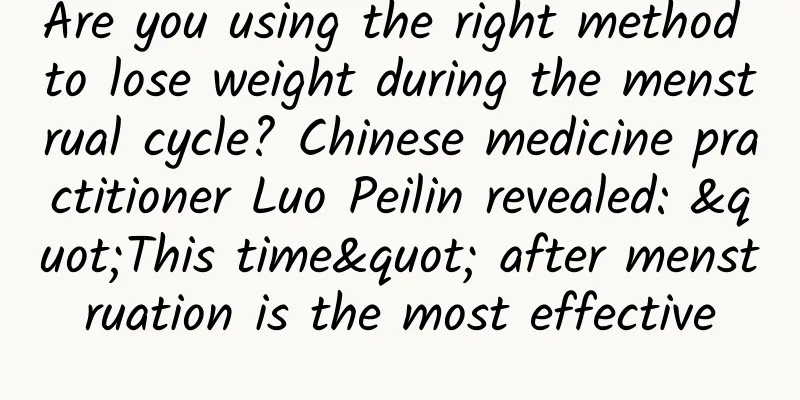Different types of adnexitis will have different manifestations

|
Adnexitis is a common gynecological disease. In fact, different types of adnexitis have different symptoms. Let the experts introduce the symptoms of adnexitis to us separately. I hope that reading this article will be helpful to you. Symptoms of adnexitis generally include the following: 1. Acute adnexitis: Patients with adnexitis will have lower abdominal pain and fever, the degree of which varies slightly depending on the degree of inflammation of the adnexitis. Some patients with adnexitis have chills before high fever, and headaches and loss of appetite are common. Increased leucorrhea is caused by the discharge of salpingitis secretions through the uterine cavity. Some cases have intestinal and bladder irritation symptoms. These are symptoms of adnexitis. 2. Chronic adnexitis: Symptoms of this type of adnexitis include subacute attacks and temporary relief during lower abdominal pain and low fever, as well as lumbar acid, a sense of falling, and pain during sexual intercourse. The symptoms may recur repeatedly, and the symptoms may worsen after fatigue, sexual intercourse, and menstruation. Patients with long-term adnexitis may suffer from neurosis, such as lack of energy, fatigue, general discomfort, and insomnia. 3. Salpingitis: Salpingitis is a common disease in women. In the acute stage of adnexitis, the lining of the fallopian tube is congested and swollen, and secretions are exuded. Fallopian tube blockage is a pathological manifestation of past inflammation of the fallopian tube. The symptoms of adnexitis are not obvious, painless and itchy. Almost 100% of people find it during infertility examinations. The above is the explanation given by experts on the symptoms of adnexitis. I hope it can help you answer your questions. Experts suggest that some diseases have no early symptoms or are not obvious. For your health, the best way is to have regular physical examinations to detect the disease as early as possible and prescribe the right medicine. |
<<: Endocrine factors are the main cause of ovarian cysts
>>: Frequent urination or difficulty urinating is usually a manifestation of cervical erosion.
Recommend
The most effective weight loss secret: control the total calorie intake and output! Famous doctor "eats like this" to lose 10 kilograms of fat
Where does weight come from? There is only one an...
Is cervical erosion of degree 2 serious? Cervical erosion of degree 2 will cause 3 hazards
Cervical erosion, like other diseases, has differ...
How to prevent pelvic inflammatory disease
Pelvic inflammatory disease is a common gynecolog...
What are the symptoms of female uterine fibroids? Will female uterine fibroids cause infertility?
When it comes to female uterine diseases, uterine...
Symptoms of pelvic inflammatory disease must be specifically recognized
As the disease progresses, understanding the symp...
Irregular menstruation for women? Mainly affected by these 4 factors!
Women's first menstruation is around thirteen...
General care for hyperprolactinemia
Women all know the dangers of hyperprolactinemia,...
Patients with ectopic pregnancy should be aware of their early symptoms in time
Due to the influence of factors such as bad livin...
Is embolization effective for treating adenomyosis?
The effect of embolization treatment for adenomyo...
Morbidly obese! Laparoscopic minimally invasive surgery can reduce excess weight by 70%
For patients with morbid obesity, weight loss sur...
What are the clinical manifestations of uterine septation? How to check uterine septation?
The uterus septate is formed in varying degrees w...
How to regulate female amenorrhea
How to treat female amenorrhea? Amenorrhea is a c...
Is fat harmful to health and will make people fat? Choose good oils with omega-3 fatty acids to prevent inflammation in the brain and body
For a long time, people have believed that "...
How many days do you usually take progesterone to induce menstruation?
Progesterone is usually taken for 5 to 7 days to ...
Anal pain and lower abdominal pain during menstruation
Anal pain and lower abdominal pain during menstru...









